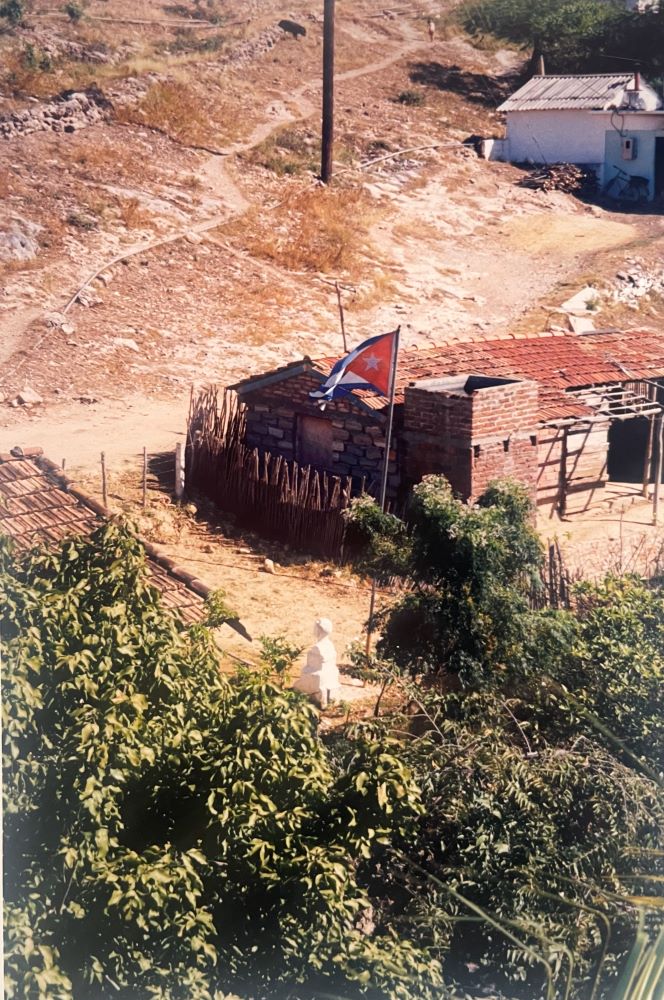Together with the once revered Soviet-funded healthcare system, the greatest victim of the Cuban government’s new budgetary priorities after adopting state capitalism in 1992 has been education. Schools in rural communities may have suffered less simply because the human investment of local teachers made up in personal commitment to their kids what the system lacked in material supplies. As a historian, I am always struck by how little the one-room primary schools that the revolutionary state either built or inherited from the pre-1959 Republic have changed: indeed, they look identical (often internally as well as externally) to schools photographed as evidence of the Revolution’s triumphs in the early 1960s. Aside from the Cuban flag, all schools feature a (usually) identical bust of José Martí. Although most observers blamed Fidel Castro, the legal mandate for the presence of the bust did not originate with Communist rule but rather with a 1921 congressional law requiring all schools to “honor” Martí with a bust displayed prominently at the entrance to every school. Matanzas, Cienfuegos, Pinar del Rio and Santa Clara, 2003.



